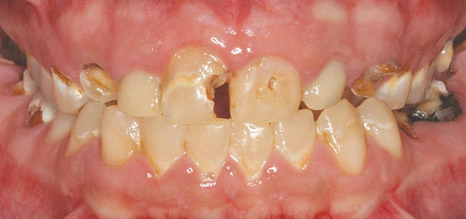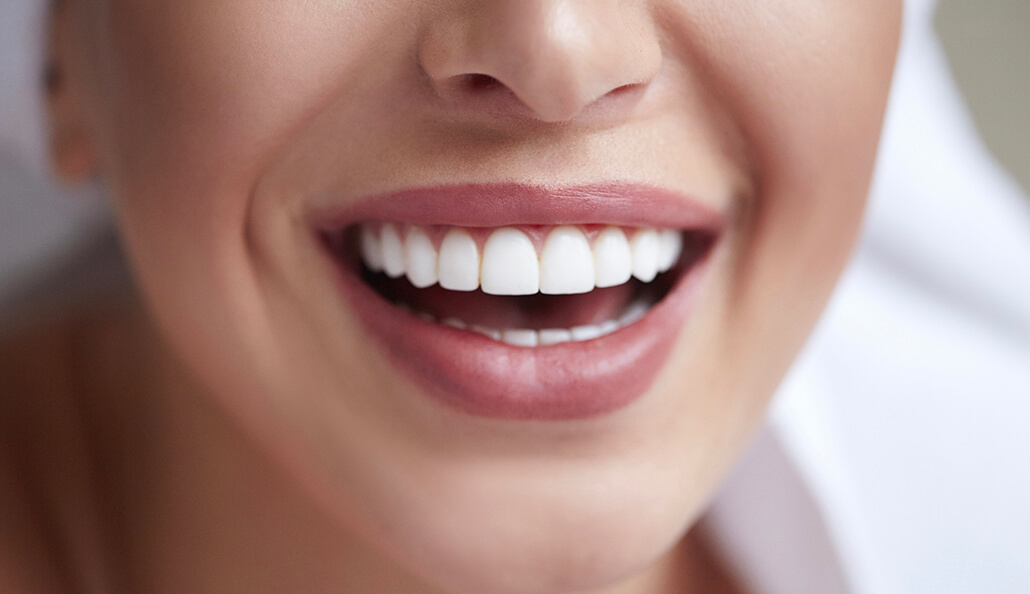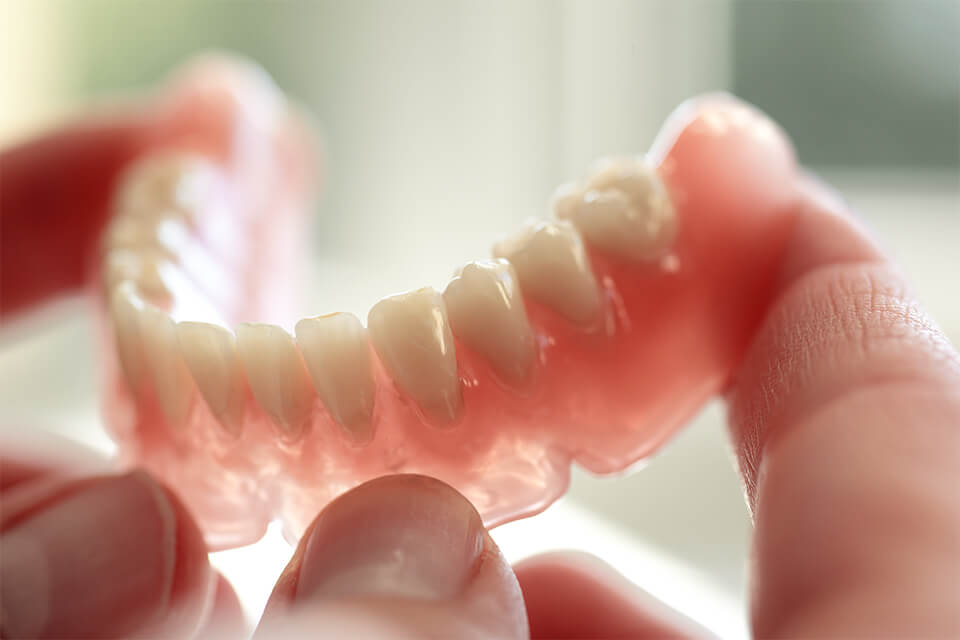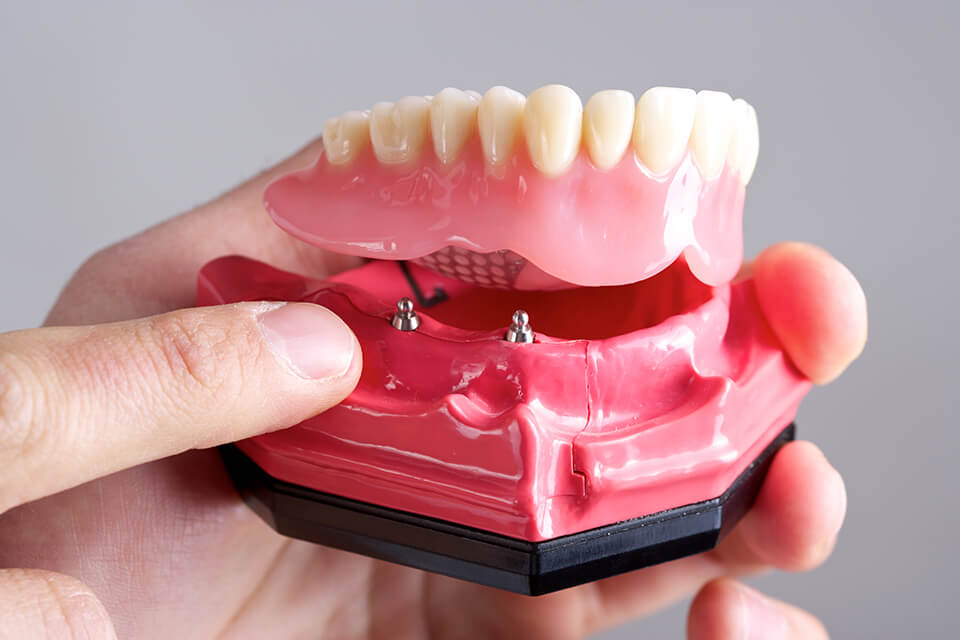1 - Définitions :
Client : La personne physique ou morale cliente de Substances Actives SAS, éditeur du site pour le compte du susnommé client.
Éditeur du site :
Substances Actives SAS
36 rue des petits champs, 75002 Paris
Le site web a pour objectif d’informer sur :
Le cabinet, son fonctionnement, ses horaires d’ouvertures, son personnel ainsi que les traitements proposés.
Les informations décrites ne peuvent en aucun cas remplacer la consultation, ou le diagnostic d’un professionnel de santé, la relation entre un praticien et son patient ou un traitement médical prescrit par un professionnel de santé.
Malgré toute l’attention portée à la description des informations disponibles sur ce site web, il se peut qu’il y ait des erreurs.
Vous pouvez contacter le client par la page contact disponible sur le site. Ou directement par téléphone au numéro indiqué sur le site.
Contenu : Ensemble des éléments constituants l’information présente sur le Site, notamment textes - images - vidéos.
Informations clients : Ci-après dénommé « Information (s) » qui correspondent à l’ensemble des données personnelles susceptibles d’être détenues par Substances Actives à des fins d’analyses et de statistiques.
Utilisateur : Internaute se connectant, utilisant le site susnommé.
Informations personnelles : « Les informations qui permettent, sous quelque forme que ce soit, directement ou non, l'identification des personnes physiques auxquelles elles s'appliquent » (article 4 de la loi n° 78-17 du 6 janvier 1978).
Les termes « données à caractère personnel », « personne concernée », « sous-traitant » et « données sensibles » ont le sens défini par le Règlement Général sur la Protection des Données (RGPD : n° 2016-679)
2 - Public visé :
Personne physique, patient du cabinet dentaire, internaute, public à la recherche d’information dentaire.
En aucun cas, ce site n’est destiné à remplacer la relation entre un patient et son praticien.
Le contenu disponible sur ce site vise à améliorer l’information générale entre le praticien et les patients ou visiteurs.
3 - Hébergement du site :
GANDI SAS dont le siège social est établi à :
63-65 boulevard Masséna Paris (75013) FRANCE
4 - Rédaction du contenu :
Le contenu est rédigé en parti par le comité scientifique de Substances Actives SAS et ensuite modifié par le client afin de le personnaliser.
Le comité scientifique est composé de Chirurgiens-dentistes.
Le chirurgien-dentiste du cabinet est seul responsable du contenu de son site web.
5 - Financement du site :
Ce site web est uniquement financé par le chirurgien-dentiste du cabinet, il n’existe aucune autre source de financement. Il n’existe aucune publicité sur ce site web.
6 - Propriété intellectuelle :
Le présent site est édité par la société Substances Actives, SAS.
L’ensemble des éléments du présent site appartient à la société éditrice, Substances Actives SAS, à l’exception des marques, logos ou contenus appartenant à d’autres sociétés ou auteurs.
Toute copie des logos, contenus textuels, pictographiques ou vidéos, sans que cette énumération ne soit limitative, est rigoureusement interdite et s’apparente à de la contrefaçon. Ainsi, l’utilisateur s’interdit notamment de modifier, copier, reproduire, télécharger, diffuser, transmettre, exploiter commercialement ou non, distribuer tout ou partie des éléments de structure ou de contenu du Site Web, sans autorisation expresse du représentant légal de la société Substances Actives SAS.
Dans certains cas, l’ensemble des éléments du présent Site, est concédé sous licence d’exploitation exclusive au nom du praticien. Dans ce cas, le praticien est alors responsable de toutes les fonctions qui incombent au site web : édition, rédaction, hébergement …
Une mention spécifique sera indiquée dans les mentions légales pour signaler cette licence d’exploitation.
L’éditeur est joignable par courrier électronique à l’adresse suivante :
dpo@substancesactives.com, ou par courrier postal au siège social: 36 rue des petits champs, 75002 Paris.
7 - Copyright – Site internet créé par Substances Actives.
8 - Gestion des données personnelles.
Les visiteurs sont informés des réglementations concernant la communication marketing, la loi du 21 Juin 2014 pour la confiance dans l’Économie Numérique, la Loi Informatique et Liberté du 06 Août 2004 ainsi que du Règlement Général sur la Protection des Données (RGPD : n° 2016-679).
9 - Responsable de la collecte des données personnelles : Substances Actives SAS
En tant que responsable du traitement des données qu’il collecte Substances Actives s’engage à respecter le cadre des dispositions légales en vigueur. Et ne collecte pas de données personnelles à des fins commerciales. Les données personnelles vous concernant sont principalement, selon les services du Site utilisés, vos choix et le paramétrage de votre terminal (notamment par rapport aux cookies et autres traceurs) : vos nom, prénom, adresse email, numéro de téléphone.
Nous pouvons vous permettre de partager des informations relatives à nos contenus sur le site Internet (en sa version fixe ou mobile), notamment par l’intermédiaire des boutons de partage. Nous vous rappelons que l’accès à ces Réseaux Sociaux nécessite l’acceptation par vous de leurs conditions contractuelles comportant des dispositions relatives à la Réglementation sur les Données Personnelles pour les traitements effectués par eux, et ce indépendamment de nos pages sur les dits Réseaux Sociaux.
Pour en savoir plus sur la protection de vos Données Personnelles lors de la navigation sur ces Réseaux Sociaux, nous vous invitons à consulter leurs politiques de confidentialité respectives.
10 - Finalité des données collectées
Le site est susceptible de traiter tout ou partie des données précédemment citées :
[av_font_icon icon='ue885' font='entypo-fontello' style='' caption='' link='' linktarget='' size='15px' position='left' color='' av_uid='av-hog9tk'][/av_font_icon]pour permettre la navigation sur le Site et la gestion et la traçabilité des prestations et services commandés par l’utilisateur : données de connexion et d’utilisation du Site, nombre de demandes d’itinéraires et d’appels téléphoniques générés par le site, etc…
[av_font_icon icon='ue885' font='entypo-fontello' style='' caption='' link='' linktarget='' size='15px' position='left' color='' av_uid='av-hog9tk-8'][/av_font_icon]pour prévenir et lutter contre la fraude informatique (spamming, hacking…) : matériel informatique utilisé pour la navigation (téléphone ou autre, l’adresse IP,
[av_font_icon icon='ue885' font='entypo-fontello' style='' caption='' link='' linktarget='' size='15px' position='left' color='' av_uid='av-hog9tk-7'][/av_font_icon]pour améliorer la navigation sur le Site : données de connexion et d’utilisation (page visitée et taux de rebond, etc…
[av_font_icon icon='ue885' font='entypo-fontello' style='' caption='' link='' linktarget='' size='15px' position='left' color='' av_uid='av-hog9tk-6'][/av_font_icon]Droit d’accès, de rectification et d’opposition
Conformément à la réglementation européenne en vigueur, les Utilisateurs disposent des droits suivants :
[av_font_icon icon='ue885' font='entypo-fontello' style='' caption='' link='' linktarget='' size='15px' position='left' color='' av_uid='av-hog9tk-5'][/av_font_icon]droit d'accès (article 15 RGPD) et de rectification (article 16 RGPD), de mise à jour, de complétude des données des Utilisateurs droit de verrouillage ou d’effacement des données des Utilisateurs à caractère personnel (article 17 du RGPD), lorsqu’elles sont inexactes, incomplètes, équivoques, périmées, ou dont la collecte, l'utilisation, la communication ou la conservation est interdite
[av_font_icon icon='ue885' font='entypo-fontello' style='' caption='' link='' linktarget='' size='15px' position='left' color='' av_uid='av-hog9tk-4'][/av_font_icon]droit de retirer à tout moment un consentement (article 13-2c RGPD)
[av_font_icon icon='ue885' font='entypo-fontello' style='' caption='' link='' linktarget='' size='15px' position='left' color='' av_uid='av-hog9tk-3'][/av_font_icon]droit à la limitation du traitement des données des Utilisateurs (article 18 RGPD)
[av_font_icon icon='ue885' font='entypo-fontello' style='' caption='' link='' linktarget='' size='15px' position='left' color='' av_uid='av-hog9tk-2'][/av_font_icon]droit d’opposition au traitement des données des Utilisateurs (article 21 RGPD)
[av_font_icon icon='ue885' font='entypo-fontello' style='' caption='' link='' linktarget='' size='15px' position='left' color='' av_uid='av-hog9tk-1'][/av_font_icon]droit à la portabilité des données que les Utilisateurs auront fournies, lorsque ces données font l’objet de traitements automatisés fondés sur leur consentement ou sur un contrat (article 20 RGPD)
Si l’Utilisateur souhaite savoir comment le site utilise ses Données Personnelles, demander à les rectifier ou s’opposer à leur traitement, l’Utilisateur peut contacter Substances Actives par écrit à l’adresse suivante :
Substances Actives – DPO
36 rue des petits champs 75002 Paris.
Dans ce cas, l’Utilisateur doit indiquer les Données Personnelles qu’il souhaiterait que Substances Actives corrige, mette à jour ou supprime, en s’identifiant précisément avec une copie d’une pièce d’identité (carte d’identité ou passeport).
Les demandes de suppression de Données Personnelles seront soumises aux obligations qui sont imposées à Substances Actives par la loi, notamment en matière de conservation ou d’archivage des documents. Enfin, les Utilisateurs du site peuvent déposer une réclamation auprès des autorités de contrôle, et notamment de la CNIL (https://www.cnil.fr/fr/plaintes).
11 - Non-communication des données personnelles
Substances Actives s’interdit de traiter, héberger ou transférer les Informations collectées sur ses Clients vers un pays situé en dehors de l’Union européenne ou reconnu comme « non adéquat » par la Commission européenne sans en informer préalablement le client. Pour autant, Substances Actives reste libre du choix de ses sous-traitants techniques et commerciaux à la condition qu’ils présentent les garanties suffisantes au regard des exigences du Règlement Général sur la Protection des Données (RGPD : n° 2016-679).
Substances Actives s’engage à prendre toutes les précautions nécessaires afin de préserver la sécurité des Informations et notamment qu’elles ne soient pas communiquées à des personnes non autorisées. Cependant, si un incident impactant l’intégrité ou la confidentialité des Informations du Client est portée à la connaissance de Substances Actives, celle-ci devra dans les meilleurs délais informer le Client et lui communiquer les mesures de corrections prises. Par ailleurs Substances Actives ne collecte aucune « données sensibles ».
Les Données Personnelles de l’Utilisateur peuvent être traitées par des filiales de Substances Actives et des sous-traitants (prestataires de services), exclusivement afin de réaliser les finalités de la présente politique.
Dans la limite de leurs attributions respectives et pour les finalités rappelées ci-dessus, les principales personnes susceptibles d’avoir accès aux données des Utilisateurs Substances Actives sont principalement les agents de notre service client.
12 - Types de données collectées
Concernant les utilisateurs du Site, Substances Actives collecte en outre des informations qui permettent d’améliorer l’expérience utilisateur et de proposer des conseils contextualisés :
Adresse IP, localisation
Ces données sont conservées pour une période maximale de 26 mois après la fin de la relation contractuelle
13 - Formulaire de contact :
Substances Actives préconise de ne pas communiquer de données personnelles ou sensibles par le biais du formulaire de contact du site. Ces données seront ensuite envoyées au chirurgien-dentiste par e-mail de la part de notre prestataire.
Substances Actives s’engage à ne pas utiliser ou divulguer ces données mais ne peut garantir leur sécurité n’y en être tenu responsable.
Le client quant à lui s’engage à détruire les formulaires reçus via e-mail après avoir intégré ou non le patient dans sa propre base de données.
14 - Notification d’incident
Quels que soient les efforts fournis, aucune méthode de transmission sur Internet et aucune méthode de stockage électronique n'est complètement sûre. Nous ne pouvons en conséquence pas garantir une sécurité absolue. Si nous prenions connaissance d'une brèche de la sécurité, nous avertirions les utilisateurs concernés afin qu'ils puissent prendre les mesures appropriées. Nos procédures de notification d’incident tiennent compte de nos obligations légales, qu'elles se situent au niveau national ou européen. Nous nous engageons à informer pleinement nos clients de toutes les questions relevant de la sécurité de leur compte et à leur fournir toutes les informations nécessaires pour les aider à respecter leurs propres obligations réglementaires en matière de reporting.
Aucune information personnelle de l'utilisateur du site n'est publiée à l'insu de l'utilisateur, échangée, transférée, cédée ou vendue sur un support quelconque à des tiers. Seule l'hypothèse du rachat de Substances Actives et de ses droits permettrait la transmission des dites informations à l'éventuel acquéreur qui serait à son tour tenu de la même obligation de conservation et de modification des données vis à vis de l'utilisateur du site.
15 - Sécurité
Pour assurer la sécurité et la confidentialité des Données Personnelles et des Données Personnelles de Santé, Substances Actives utilise des réseaux protégés par des dispositifs standards tels que par pare-feu, la pseudonymisation, l’encryption et mot de passe.
Lors du traitement des Données Personnelles, Substances Actives prend toutes les mesures raisonnables visant à les protéger contre toute perte, utilisation détournée, accès non autorisé, divulgation, altération ou destruction.
16 - Liens hypertextes « cookies » et balises (“tags”) internet
Le site contient un certain nombre de liens hypertextes vers d’autres sites, mis en place avec l’autorisation du client. Cependant, le client n’a pas la possibilité de vérifier le contenu des sites ainsi visités, et n’assumera en conséquence aucune responsabilité de ce fait.
Sauf si vous décidez de désactiver les cookies, vous acceptez que le site puisse les utiliser. Vous pouvez à tout moment désactiver ces cookies et ce gratuitement à partir des possibilités de désactivation qui vous sont offertes et rappelées ci-après, sachant que cela peut réduire ou empêcher l’accessibilité à tout ou partie des Services proposés par le site.
« COOKIES »
Un « cookie » est un petit fichier d’information envoyé sur le navigateur de l’Utilisateur et enregistré au sein du terminal de l’Utilisateur (ex : ordinateur, smartphone), (ci-après « Cookies »). Ce fichier comprend des informations telles que le nom de domaine de l’Utilisateur, le fournisseur d’accès Internet de l’Utilisateur, le système d’exploitation de l’Utilisateur, ainsi que la date et l’heure d’accès. Les Cookies ne risquent en aucun cas d’endommager le terminal de l’Utilisateur.
Substances Actives est susceptible de traiter les informations de l’Utilisateur concernant sa visite du Site, telles que les pages consultées, les recherches effectuées. Ces informations permettent à Substances Actives d’améliorer le contenu du Site, et la navigation de l’Utilisateur.
Les Cookies facilitant la navigation et/ou la fourniture des services proposés par le Site, l’Utilisateur peut configurer son navigateur pour qu’il lui permette de décider s’il souhaite ou non les accepter de manière à ce que des Cookies soient enregistrés dans le terminal ou, au contraire, qu’ils soient rejetés, soit systématiquement, soit selon leur émetteur. L’Utilisateur peut également configurer son logiciel de navigation de manière à ce que l’acceptation ou le refus des Cookies lui soient proposés ponctuellement, avant qu’un Cookie soit susceptible d’être enregistré dans son terminal. Substances Actives informe l’Utilisateur que, dans ce cas, il se peut que les fonctionnalités de son logiciel de navigation ne soient pas toutes disponibles.
Si l’Utilisateur refuse l’enregistrement de Cookies dans son terminal ou son navigateur, ou si l’Utilisateur supprime ceux qui y sont enregistrés, l’Utilisateur est informé que sa navigation et son expérience sur le Site peuvent être limitées. Cela pourrait également être le cas lorsque Substances Actives ou l’un de ses prestataires ne peut pas reconnaître, à des fins de compatibilité technique, le type de navigateur utilisé par le terminal, les paramètres de langue et d’affichage ou le pays depuis lequel le terminal semble connecté à Internet.
Le cas échéant, Substances Actives décline toute responsabilité pour les conséquences liées au fonctionnement dégradé du Site et des services éventuellement proposés par Substances Actives, résultant (i) du refus de Cookies par l’Utilisateur (ii) de l’impossibilité pour Substances Actives d’enregistrer ou de consulter les Cookies nécessaires à leur fonctionnement du fait du choix de l’Utilisateur. Pour la gestion des Cookies et des choix de l’Utilisateur, la configuration de chaque navigateur est différente. Elle est décrite dans le menu d’aide du navigateur, qui permettra de savoir de quelle manière l’Utilisateur peut modifier ses souhaits en matière de Cookies.
À tout moment, l’Utilisateur peut faire le choix d’exprimer et de modifier ses souhaits en matière de Cookies. Substances Actives pourra en outre faire appel aux services de prestataires externes pour l’aider à recueillir et traiter les informations décrites dans cette section.
Ces types de cookies ne sont déposés sur vos terminaux qu’à condition que vous y consentiez, en continuant votre navigation sur le Site Internet. À tout moment, l’Utilisateur peut néanmoins revenir sur son consentement à ce que Substances Actives dépose ce type de cookies.
Balises (“tags”) internet
Substances Actives peut employer occasionnellement des balises Internet (également appelées « tags », ou balises d’action, GIF à un pixel, GIF transparents, GIF invisibles et GIF un à un) et les déployer par l’intermédiaire d’un partenaire spécialiste d’analyses Web susceptible de se trouver (et donc de stocker les informations correspondantes, y compris l’adresse IP de l’Utilisateur) dans un pays étranger.
Ces balises sont placées à la fois dans les publicités en ligne permettant aux internautes d’accéder au Site, et sur les différentes pages de celui-ci.
Cette technologie permet à Substances Actives d’évaluer les réponses des visiteurs face au Site et l’efficacité de ses actions (par exemple, le nombre de fois où une page est ouverte et les informations consultées), ainsi que l’utilisation de ce Site par l’Utilisateur.
Le prestataire externe pourra éventuellement recueillir des informations sur les visiteurs du Site et d’autres sites Internet grâce à ces balises, constituer des rapports sur l’activité du Site à l’attention de Substances Actives, et fournir d’autres services relatifs à l’utilisation de celui-ci et d’Internet.
17 - Droit applicable et attribution de juridiction.
Tout litige en relation avec l’utilisation du site est soumis au droit français. En dehors des cas où la loi ne le permet pas, il est fait attribution exclusive de juridiction aux tribunaux compétents de France.




